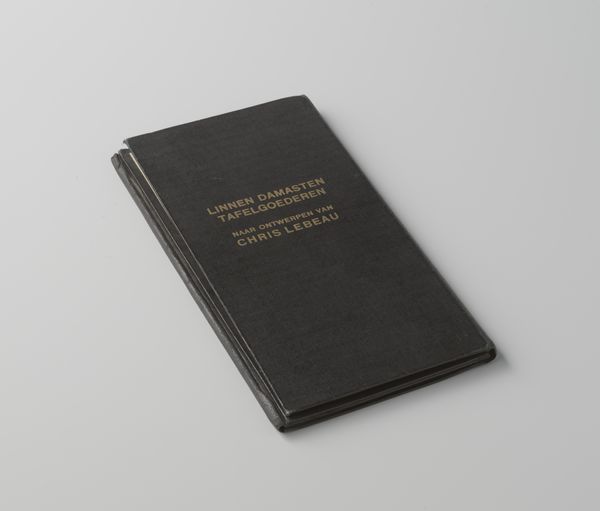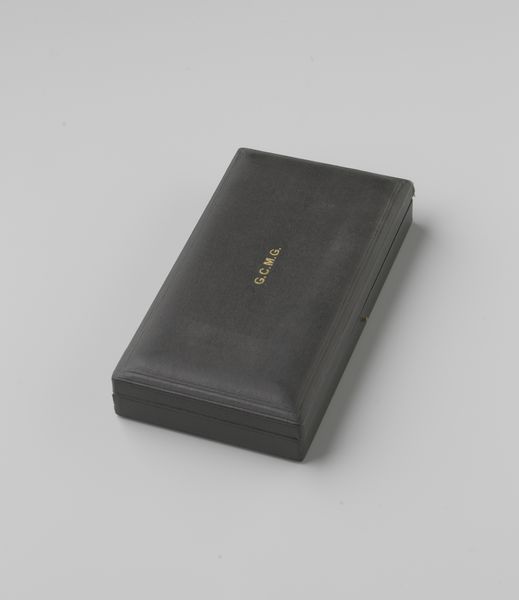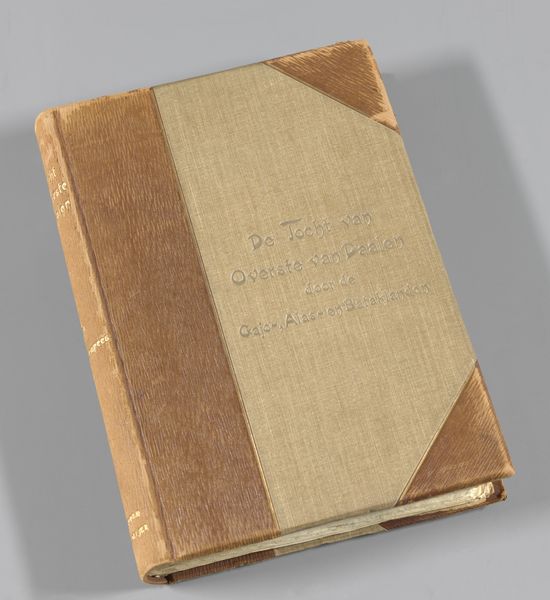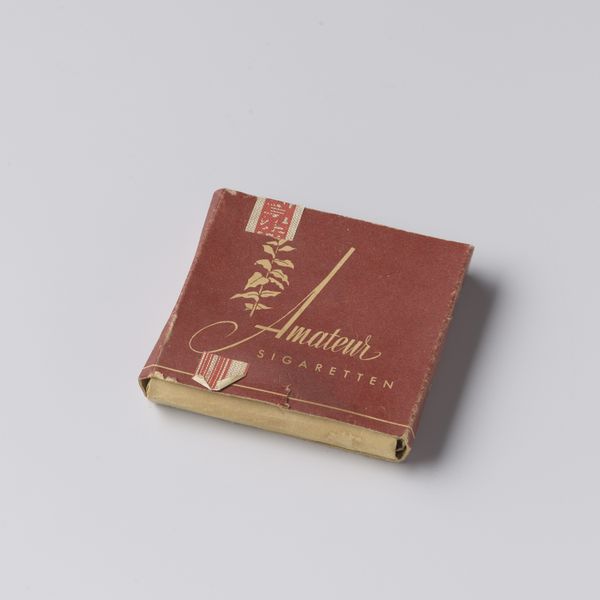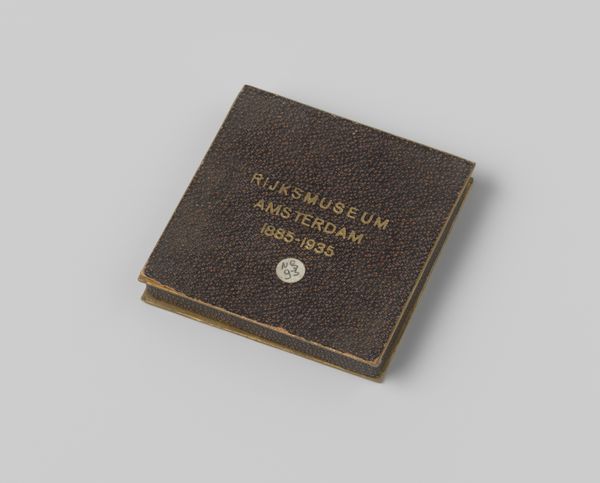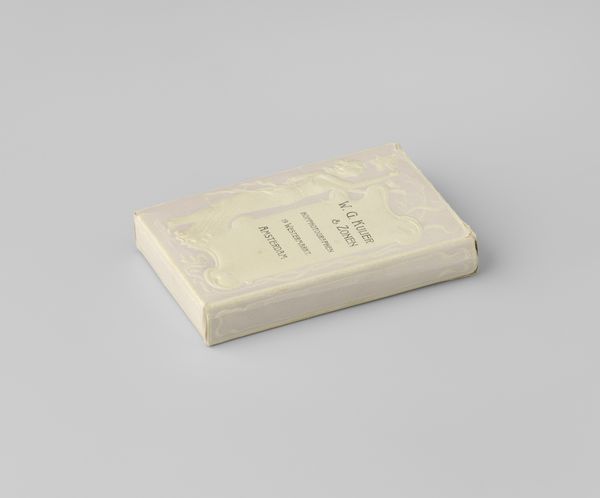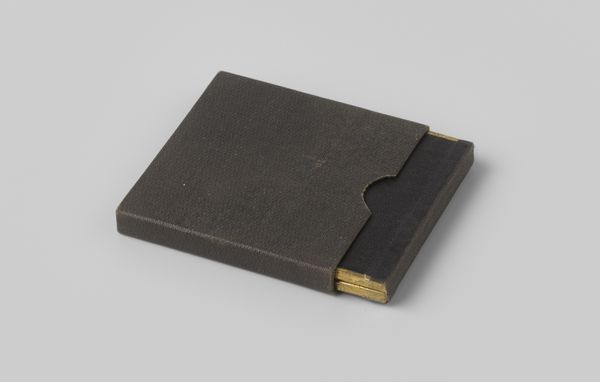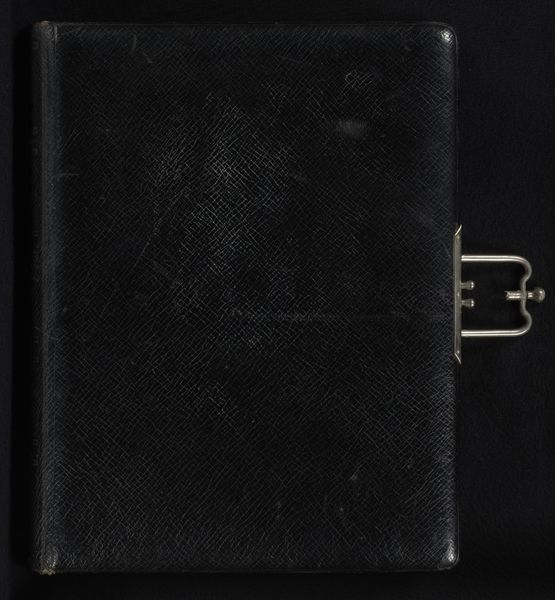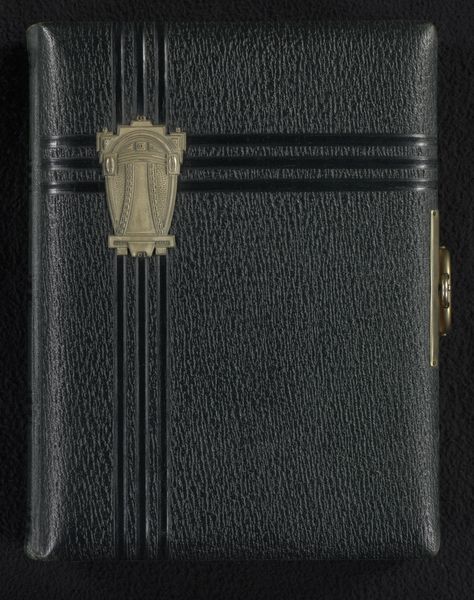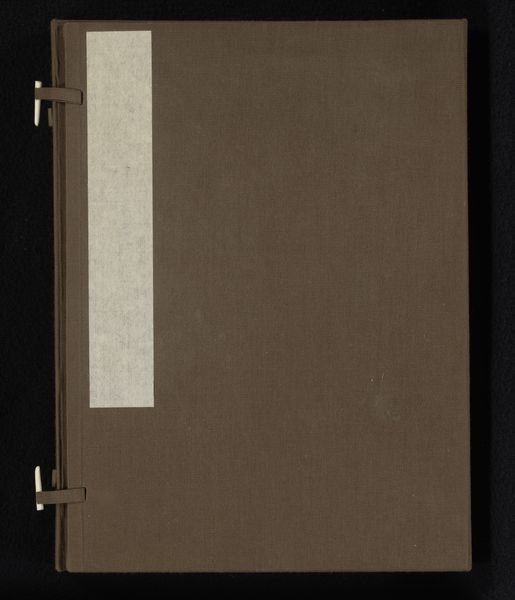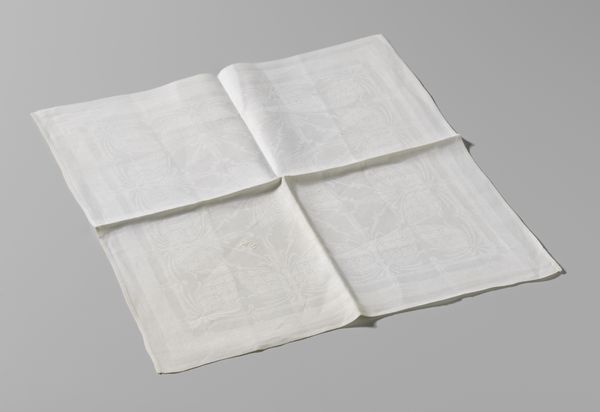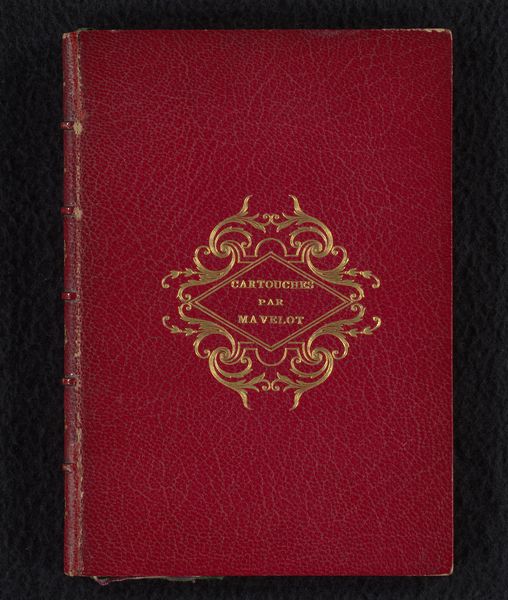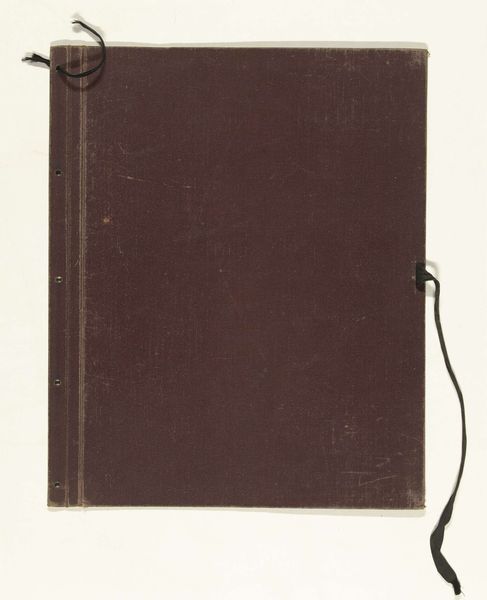
Stalenboek met damaststalen en foto's, ontwerpen Cornelis van der Sluys en Chris Lebeau 1900 - 1945
0:00
0:00
chrislebeau
Rijksmuseum
photography
#
still-life-photography
#
photography
#
modernism
Dimensions: height 35.5 cm, width 33.5 cm
Copyright: Rijks Museum: Open Domain
Editor: Here we have "Stalenboek met damaststalen en foto's, ontwerpen Cornelis van der Sluys en Chris Lebeau," dating from around 1900-1945. It's housed here at the Rijksmuseum and appears to be a collection of fabric samples presented as a kind of photographic still life. What can you tell me about this unusual object? Curator: I find the presentation fascinating. It speaks volumes about the changing relationship between art, design, and industrial production in the early 20th century. It asks us to reconsider what constitutes 'art' when applied to items produced for everyday use, particularly how labour and processes of materiality become valued. It challenges a hierarchical view of skill: the damask designs and the bookmaking itself required highly skilled labor, wouldn’t you agree? Editor: Absolutely. The detail in the patterns must have required enormous skill. What makes this more than just a collection of samples? Curator: Because the creation and presentation emphasizes how objects of daily use carry a cultural weight. By elevating fabric swatches through the artistic treatment of photography, it challenges divisions that privilege fine art over design, craft, or mass production, highlighting the labour, materiality and consumption of ordinary objects. It brings into question the division of those terms as it becomes commodified. The materials used also hint to accessibility and democratisation of products for common people. The context surrounding the book's use as a promotional tool provides valuable insight to how textiles, designs and products from those periods, circulate the local marketplace and are positioned to prospective consumers. Editor: So it’s the merging of art, craft, and commerce that makes this so compelling? Curator: Precisely. The materials, photographic process and the designed layout combine to offer a potent reflection on consumer culture and production at the time. Editor: That's fascinating; I never thought of a sample book holding such rich social and cultural significance! Curator: Indeed. Looking closely at these details lets us really understand the era and appreciate value within it.
Comments
No comments
Be the first to comment and join the conversation on the ultimate creative platform.
